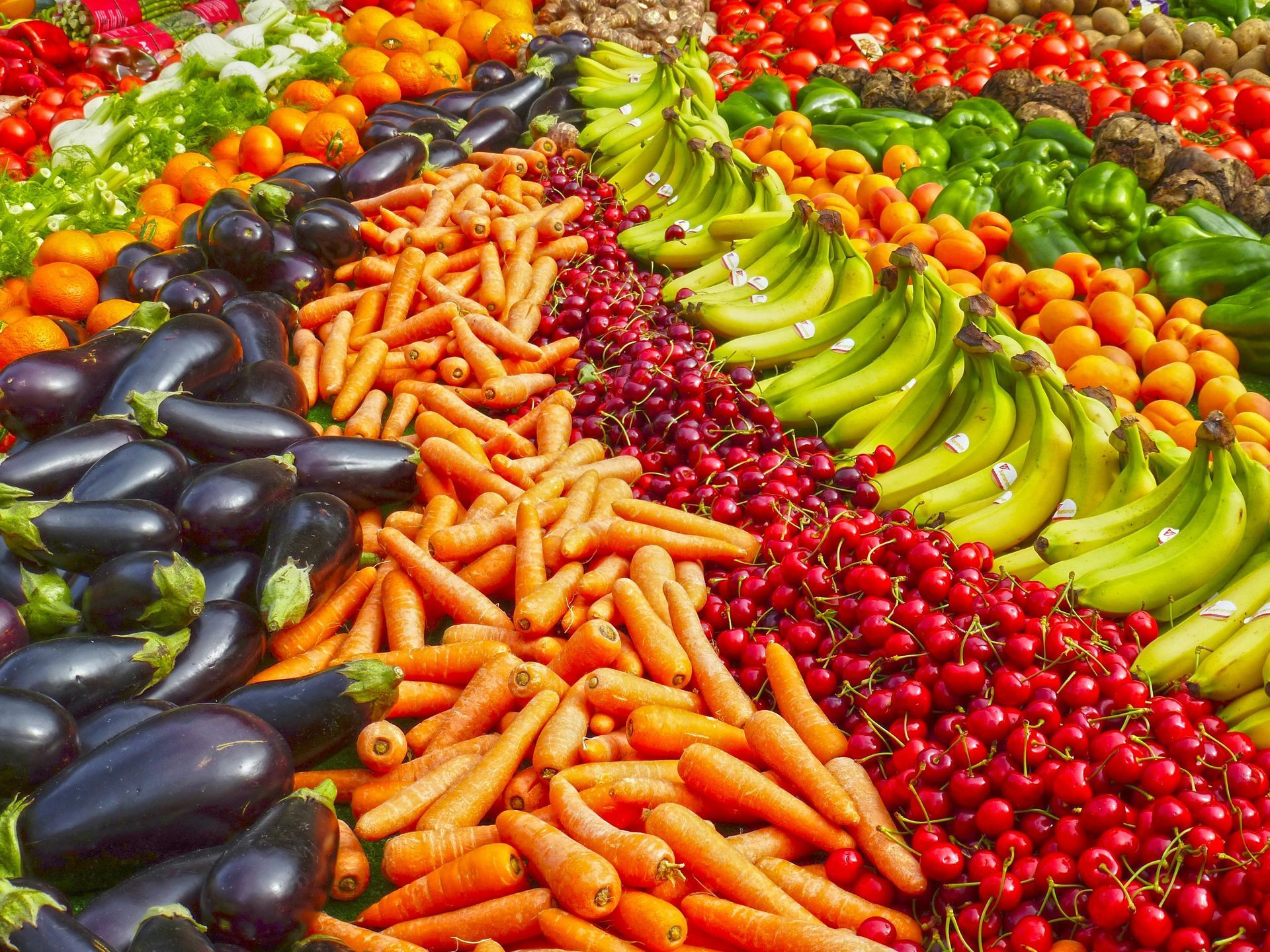Healthy & Tasty School Lunches for your Child
The American Academy of Pediatrics (AAP) recommends parents ensure their kids are getting adequate amounts of calcium, fiber, protein and carbohydrates. If your child is vegetarian, he or she can get protein from rice, beans, eggs, tofu and peanut butter. The AAP also recommends subbing in water or reduced fat milk for juice, as too much sugar-filled juice can lead to obesity and tooth decay.
The American Heart Association also provides several lunch tips that can satisfy even the pickiest of eaters:
- Sandwich substitutions:
- Use 100 percent whole wheat instead of white bread, or go half and half to add more fiber to your child’s diet.
- Try an “inside out sandwich” – wrap sandwich meat and vegetables with lettuce, instead of bread.
- Kids get bored easily, so switch things up by packing last night’s leftovers instead of a sandwich, or put smaller amounts of a variety of foods in separate containers, bento-style. This is more visually appealing to kids.
- Use whole grain tortillas or pitas.
- Instead of jams and jellies, make a peanut butter sandwich with banana and strawberry slices.
- Replace mayo with mashed avocado, hummus or Greek yogurt.
- Finger foods/Dunking: kids love dipping and dunking food, so try packing carrot, celery and bell pepper slices to dip into hummus or salsa, or apple and pear slices to dip into peanut butter.
- Be Creative: To get kids to try something new, introduce bite-sized portions of new foods: kids are less likely to be overwhelmed and more likely to be curious. Most importantly, make sure to get kids involved with packing the lunch. They’ll be more likely to eat it as well as be mindful about the ingredients involved. Have them help you make fruit cups, trail mix or personalized mini pizzas.
While it’s easy for parents to regulate and be aware of what their kids are eating at home, school is another story. For parents who worry their kids are reaching for cakes and chips in the cafeteria, some school districts allow parents to place limits on what their kids can purchase in the cafeteria.
With these tips, parents can ensure kids are getting all the energy and nutrition they need for the rest of the school day.











